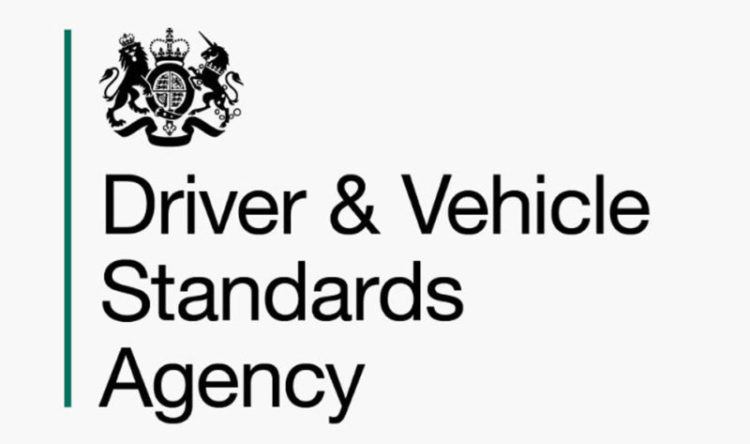Keeping down insurance costs
Premiums continue to rise requiring top tips to get cheaper quotes
At the beginning of 2024, car insurance prices in the UK soared to a record high.
The average policy now costs nearly £1,000 a year, and almost £3,000 for 18-year-olds.
This household essential amidst the cost of living crisis is raising questions about how to afford it for many.
On the rise
Car insurance is fast becoming one of the nation’s most expensive insurance products. Therefore, it’s perhaps no surprise that alternative payment schemes are being sought.
ClearScore has spotted a 92% increase in online searches for ‘pay monthly car insurance’ in the past year. This suggests that many drivers are now looking to pay-monthly deals to split the cost of the motoring essential.
According to 2022 Financial Conduct Authority (FCA) data, a third of motorists in the UK paid for their car insurance policy monthly. However, online search data strongly suggests that this figure could rise further.
So, what are the best ways to ensure premiums are as low as possible?
Financially sound
The team at ClearScore has said the ‘little-known fact’ of your credit report is critical to what insurers use when pricing their car insurance policy.
A driver’s credit score doesn’t help insurers predict a person’s chances of being in a crash. However, factors like their payment history and the types of credit they use help insurers predict the likelihood of a claim. It’s been found that people with a good credit history tend to make fewer insurance claims.
High credit scores don’t guarantee drivers will be offered cheaper car insurance rates. But shaping up and improving your credit score might reduce your premiums’ price a little.
Splitting costs
If drivers have been offered premiums that mean they won’t afford the annual cost, splitting car insurance monthly can improve their credit score. However, paying monthly will add interest to the quoted policy cost. This is because insurers are essentially ‘lending’ drivers the cost of their premiums. In turn, it means the driver has to pay for the privilege.
As long as drivers pay their car insurance policy, plus interest, on time every month, their credit score could improve over time. In turn, a driver may save money on the following year’s premiums.
Cost cutting tips
Considering the here and now, ClearScore spotted a 50% annual increase in people searching for “how to get cheaper car insurance”. This has led them to draw up six key tips to help beat the rising costs:
-
Switch about three weeks before renewal
Martin Lewis has been in the press recently talking about ‘actuarial risk’, dubbing it “absolutely ridiculous”.
Insurers use ‘Actuarial risk’ because they’ve found a link between drivers who renew their insurance at the last minute and those who make a higher number of claims. It means they ramp up the price of cover for those drivers.
Securing a new car insurance policy weeks before their existing policy ends helps. It is likely to show that drivers are less rushed, more secure and so they often give them better prices.
-
Choose your job title carefully
Insurers base their prices on past claims data. They have found that some jobs are riskier than others.
People with car-related jobs, such as mechanics or car salesmen, are considered riskier drivers. This could be because they spend more time behind the wheel or are more confident drivers, so they tend to drive faster. Because of this, insurers make them pay more in premiums to make up for that potential extra risk.
If there is more than one way to describe what you do, get separate quotes for all of them so you can find the cheapest. If you’re a barber, would you get a more affordable deal describing yourself as a hairdresser? What about an illustrator versus an artist?
-
Don’t auto-renew
It may be convenient for drivers just to let their car insurance policy auto-renew every year. However, their insurer won’t reward their loyalty. In fact, it will probably hike their premium, with research finding that auto-renewing costs consumers around £1.4 billion every year.
Shopping around for a better deal could save up to £222. Despite this, around 35% of motorists still let their policies renew automatically.
Drivers can stop auto-renewal by changing their account settings online (if they manage their policy that way), or by phoning their provider. Set a reminder on your phone or calendar, so you can be ready to switch three weeks before a current current policy ends.
-
Boost your excess
Drivers who choose to pay a higher excess can reduce the cost of a policy. Of course this means you’ll pay more if you need to make a claim.
If you have savings that could cover the excess in light of a claim, for example, boosting voluntary excess could be a sensible way to bring down the price of cover.
-
Add another driver – but be wary of accidentally ‘fronting’
Young or inexperienced drivers can benefit from adding an older driver with a long no-claims record to their policy. As an additional driver, this can still bring down premiums.
This is because the insurer assumes they’ll spend less time driving the car if it’s shared. In turn, it reduces the chances of an incident.
A word of warning though: don’t be tempted to lie about who is the main driver of the car. This is called ‘fronting’. It’s illegal and could land drivers with six points on their licence and an unlimited fine, or a possible driving ban. If drivers are taken to court, they could even face time in prison.
-
Consider using DriveScore
DriveScore is a new, free app, to help drivers save on their car insurance.
The app allows drivers to measure how they drive, in a similar way to ‘black-box’ technology, turning their phone into a silent coach, running in the background, distraction-free, allowing them to focus on the road.
Once the app collects enough data, it will give drivers a ‘score’ for the quality of their driving out of 1,000.
Drivers can then share their scores with DriveScore’s insurance partners, who will be able to offer personalised insurance premiums based on drivers’ driving skills. The minimum number of miles to get an initial score is 150, and drivers’ scores will be based on their driving over the past 365 days.







